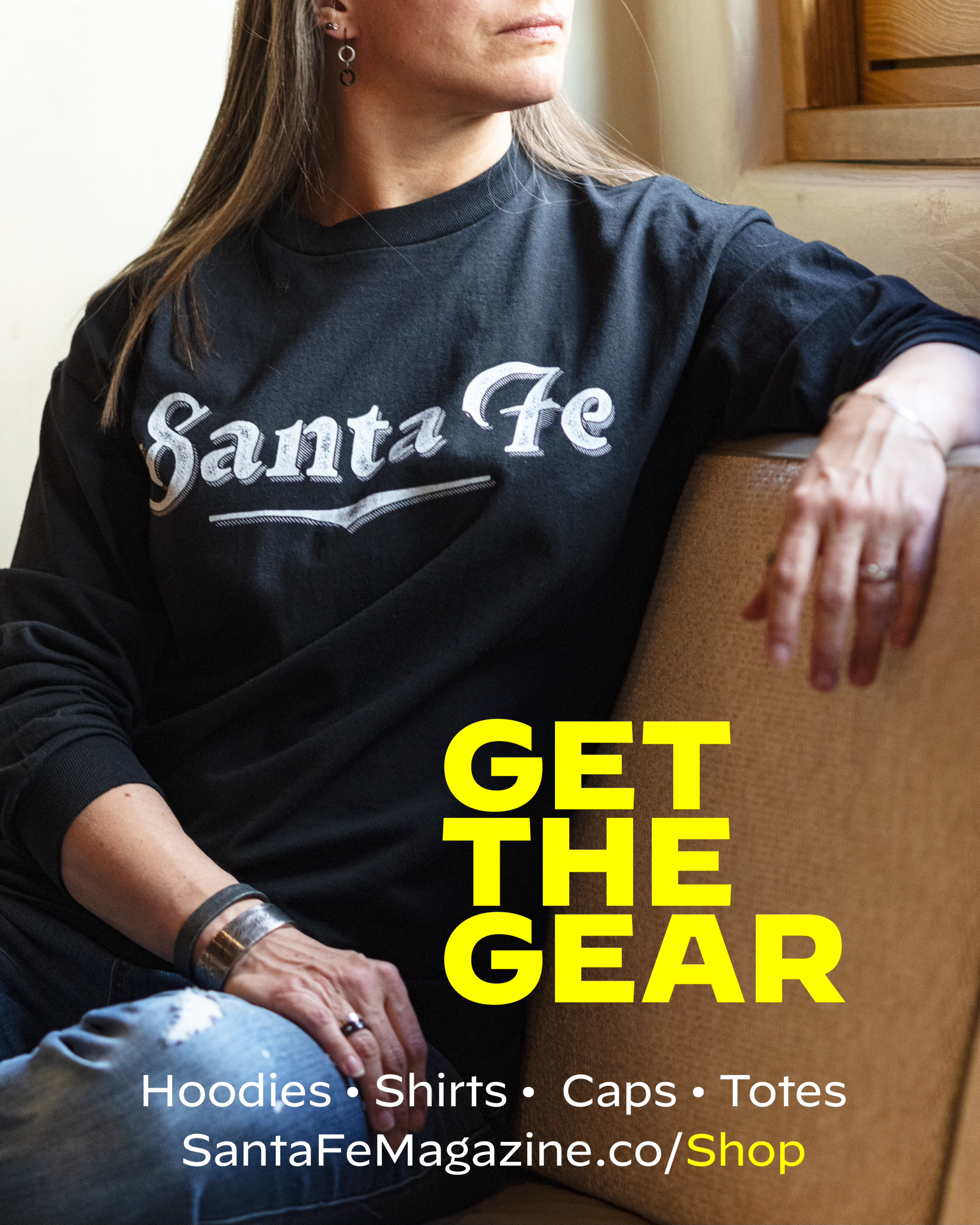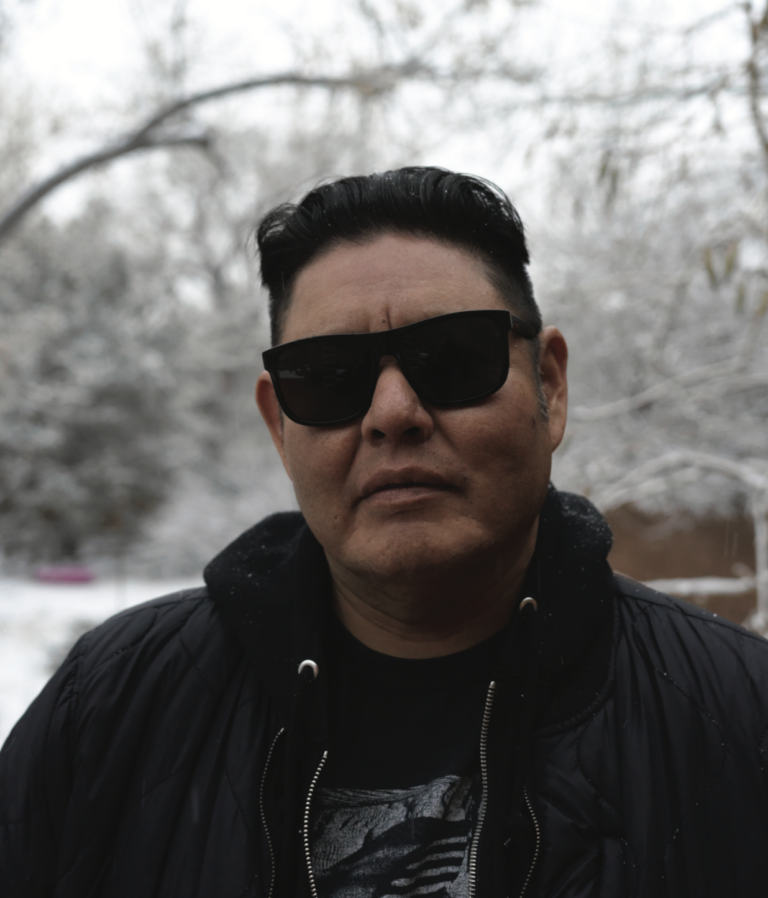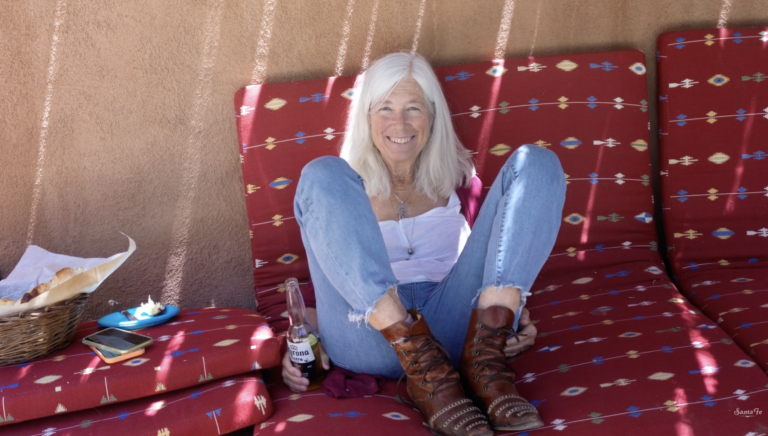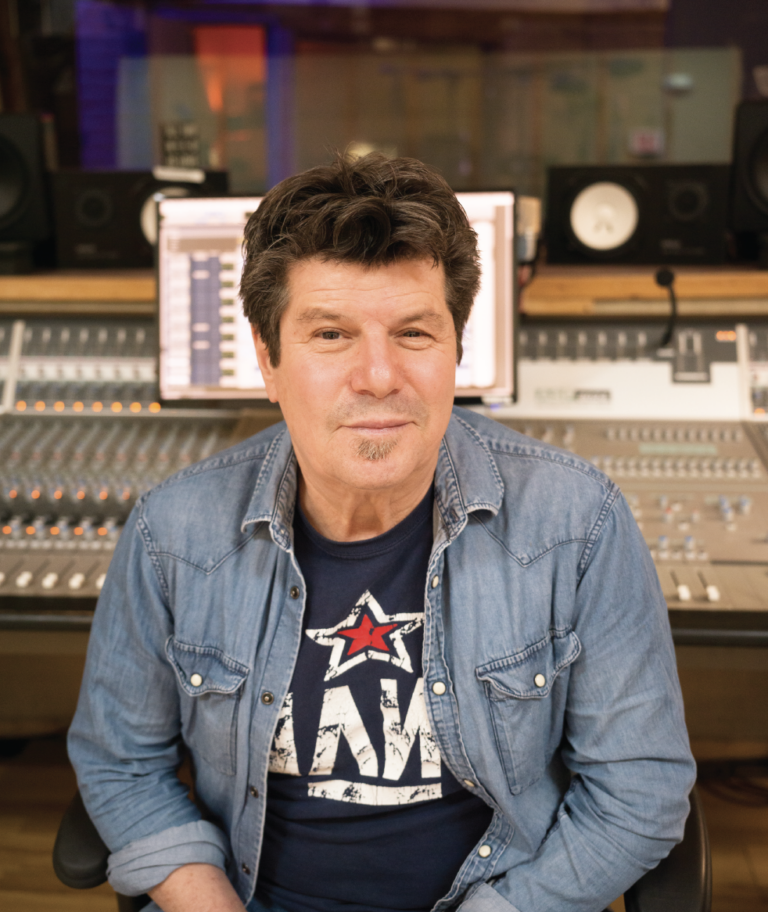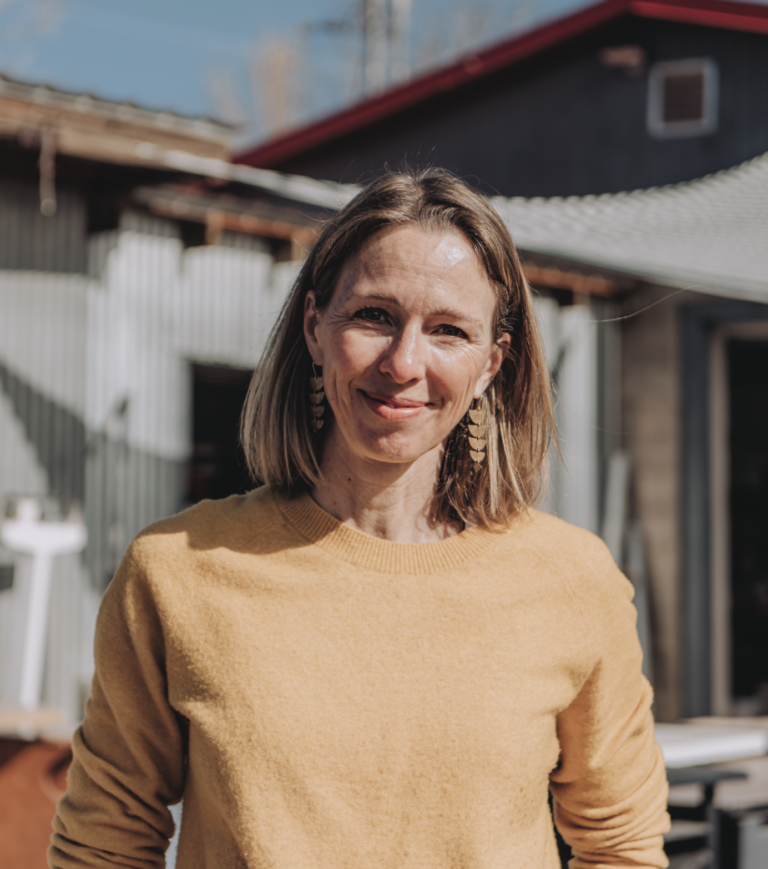ON THE NEW STREAMING FRONTIER, where the mundane dances with the weird, where the spiritual morphs into slapstick, where humor meets heartbreak, where loss and hope collide into reality TV strangeness…in the midst of all of this lives Reservation Dogs. It’s there that you’ll run into director Blackhorse Lowe.
Blackhorse is a natural, and he has mastered his genre. The New York Times called Reservation Dogs one of the best shows of the year, saying it was really teaching us something new. And this is all happening right now, right here in Santa Fe.
As a kid on the Navajo reservation just east of Shiprock, he loved movies: every genre, every master – from comics to classics.
Until recently, he defined success as the ability to afford medical insurance; to have a vehicle and a home; and, as he puts it, “not having to steal cameras or get my scenes financed by drug dealers.” Things have changed.
You’re now working on Season 2 of Reservation Dogs. How did you get interested in films?
I love them. growing up, if I wasn’t outside bucking hay or getting horrible allergies from animals, I was inside watching movies. I had my uncle record everything since he had two VCR decks. His whole house was just wall-to-wall. We’d just go to the video store and rent random shit.
I liked all kinds of weirdness in the random stuff we saw. I remember watching Eraserhead way back when my dad mistakenly rented that. I loved spaghetti westerns. And Apocalypse Now. In The Godfather, I loved that whole process of going back to Italy, knowing your roots, that stuff. My mom would always tie that into the Navajo creation stories and her own family stories.
My father would watch Sergio Leone films, and they reminded him of boarding school. Everything in my family was tied to movies – specific teachings and times in their lives where they had that connection, how they spiritually connected it to being Navajo.
That’s the richness that Rez Dogs came from – that we all share these connections to family stories and creation stories. There are strong internal family connections, and that creates drama, especially when you’re starting to love the subject of death and how that brings out the best or worst of people.
In Reservation Dogs, you get such realistic performances. How do you do that?
I branch it out. We’ll explore all the different emotions and different ways of reading. But then once you have something good down, a good actor on your hands, and the ability to improvise, it’s like, Alright, forget all the dialogue and just attack the scene and show us how you would feel it. Those parts are fun.
You seem to have a comfort – a confidence – in the medium.
You know, I’ve failed so many times that if I see a problem or a situation that I can resolve quickly and deal with ahead of time, I deal with it. So controlling the production, dealing with the emotions of the actors, scheduling, all of that – I just make everything go as smoothly as possible without having the hiccups of normal stuff like people’s egos. But getting the performance, making your day, keeping everyone not too angry at people, and hopefully we still like each other at the end of the day. Just get the job done. I think that’s always happy.
You said you did a movie that you weren’t proud of. And that it made you feel a bit sick.
It was the subject matter that I was dealing with. It was a film called The Left-Handed Path, which was about devil worshiping in the late ’80s – dark Christianity and Navajo spirituality. So I really dove in the deep end to understand what those things are and how they affect people.
But then when you’re looking at horrific imagery for a year and a half, when you’re dealing with, like, the dark elements of the spirit, of people – well, that does have a flashback hit on you. In the Navajo way, you don’t look into those things.
So I opened up a window to bring myself harm spiritually and in my psyche. It really threw me into another space. I hated it at the time, but now I’m kind of grateful for it because I really learned about the power of stories.
I threw myself way off the deep end. But thank God for the community and my family – they were able to bring me out of a deep, dark hole.
See, for Navajos, we’re still living in the place that we originally inhabited, here in Santa Fe. The Dinétah and everything is still powerful here. We still have this strong spiritual connection to the earth.
WANT TO READ MORE? SUBSCRIBE TO SANTA FE MAGAZINE HERE!
Photo SFM

